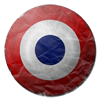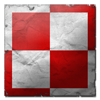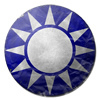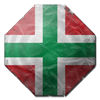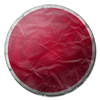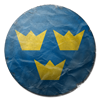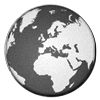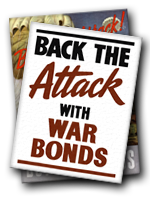....

At the beginning of the 20th century China faced great political and social instability.
The country suffered flooding and droughts that caused mass famine. Along with losing wars to Russian, Japan and the Eight-Nation Alliance during the Boxer Rebellion.
Public trust in the Qing dynasty's ability to rule the country was eroded and resulted in several uprisings, culminating in the Xinhai Revolution which overthrow the monarchy, establishing the Republic of China and ended 4,000 years of imperial rule in China.
Yuan Shikai was appointed the first president of China, his death in 1916 left a power vacuum that fragmented the country with various warlords taking control of different provinces. During the 1920's the Kuomintang and Chinese Communist Party launched the Northern Expedition together, using military force and political negotiation to reunified the country. The two groups distrusted each other though and soon split apart starting the first Chinese Civil war in 1927.
Yuan Shikai was appointed the first president of China, his death in 1916 left a power vacuum that fragmented the country with various warlords taking control of different provinces. During the 1920's the Kuomintang and Chinese Communist Party launched the Northern Expedition together, using military force and political negotiation to reunified the country. The two groups distrusted each other though and soon split apart starting the first Chinese Civil war in 1927.
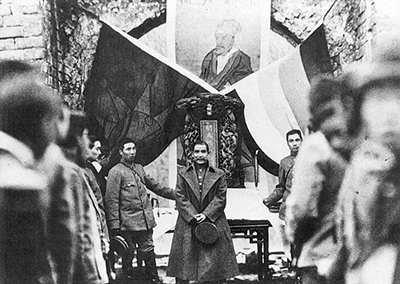
The Kuomintang encircled and besieged the main communist forces at Jiangxi. Surrounded and cut off from supplies the communist forces broke out of the encirclement and begin a year long march to friendly territory in northern China.
Perused by the Kuomintang over some of the harshest terrain in China, nearly 90% of the communist forces with killed or deserted along the way.
In 1931 Japan invaded and conquered China's north province of Manchuria. With the mutual threat from Japan, the Kuomintang and the Communist Party agreed to a truce. Following a series of escalating incidents in 1937, Japan launched a full scale invasion of China. Japanese forces captured the major cities of Beijing, Shanghai and Nanjing were Japanese troops raped, looted and killed thousands of civilians in the Nanjing Massacre.
By the end of 1938 most of China's conventional forces had been defeated and were reduced to guerrilla warfare tactics in the rural countryside, keeping the Japanese confined to the major towns and cities along the east coast.
In 1931 Japan invaded and conquered China's north province of Manchuria. With the mutual threat from Japan, the Kuomintang and the Communist Party agreed to a truce. Following a series of escalating incidents in 1937, Japan launched a full scale invasion of China. Japanese forces captured the major cities of Beijing, Shanghai and Nanjing were Japanese troops raped, looted and killed thousands of civilians in the Nanjing Massacre.
By the end of 1938 most of China's conventional forces had been defeated and were reduced to guerrilla warfare tactics in the rural countryside, keeping the Japanese confined to the major towns and cities along the east coast.
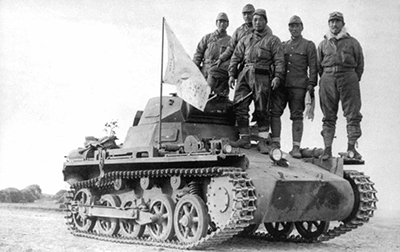
In December 1941 Japan attacked the American naval base at Pearl Harbor, bringing the United States into World War 2. Following this America began supplying the Chinese forces with equipment for their fight against Japan.
Because Japan held all the major ports along China's east coast, Allied supplies had to be brought in from the west, at first through Burma and then through India and over the Himalayan Mountains.
Bolstered by the Allied supplies the Chinese forces managed to stop the Japanese advancement at the Battle of Changsha in January 1942. Chinese forces were also sent to Burma to help the British and India troops resisting the Japanese invasion. Most notable is the Battle of Yenangyaung where 7,000 British troops were encircled by Japanese forces, Chinese troops launched an attack against the Japanese opening up a gap in the lines, allowing the British to forces to retreat.
Chinese troops went on to play a vital role in pushing Japanese forces out of northern Burma, securing the vital Allied supply route. Plans were drawn up to begin the liberation of southern China from Japanese occupation forces but the war against Japan ended with the dropping of the atomic bombs and the Soviet invasion of Manchuria.
Bolstered by the Allied supplies the Chinese forces managed to stop the Japanese advancement at the Battle of Changsha in January 1942. Chinese forces were also sent to Burma to help the British and India troops resisting the Japanese invasion. Most notable is the Battle of Yenangyaung where 7,000 British troops were encircled by Japanese forces, Chinese troops launched an attack against the Japanese opening up a gap in the lines, allowing the British to forces to retreat.
Chinese troops went on to play a vital role in pushing Japanese forces out of northern Burma, securing the vital Allied supply route. Plans were drawn up to begin the liberation of southern China from Japanese occupation forces but the war against Japan ended with the dropping of the atomic bombs and the Soviet invasion of Manchuria.
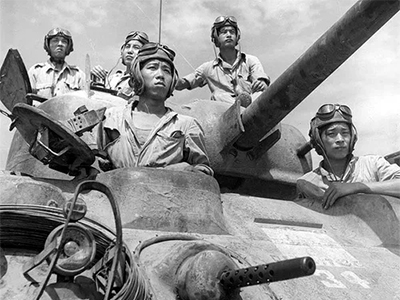
With the end of World War 2 and the defeat of Japan China was liberated.
Attempts were made to form a new collation government between the Kuomintang and Communist Party but neither side was willing to compromise and in 1946 civil war restarted.
At first the Kuomintang forces armed with the weapons they had received from to the Americans during the war proved to be a far superior force. However when Soviet forces pulled out of Manchuria they handed the weapons they had captured from the Japanese over to the Communist Party greatly bolstering their forces.
After several victories by Communist forces many Kuomintang solders defected and joined the Communist, taking their weapons with them and changing the balance of the opposing forces once again.
Facing imminent defeat, the remaining Kuomintang forces evacuated to the island of Taiwan. With this retreat Communist forces captured all the the Chinese mainland, were they formed the People's Republic of China in 1949.
At first the Kuomintang forces armed with the weapons they had received from to the Americans during the war proved to be a far superior force. However when Soviet forces pulled out of Manchuria they handed the weapons they had captured from the Japanese over to the Communist Party greatly bolstering their forces.
After several victories by Communist forces many Kuomintang solders defected and joined the Communist, taking their weapons with them and changing the balance of the opposing forces once again.
Facing imminent defeat, the remaining Kuomintang forces evacuated to the island of Taiwan. With this retreat Communist forces captured all the the Chinese mainland, were they formed the People's Republic of China in 1949.
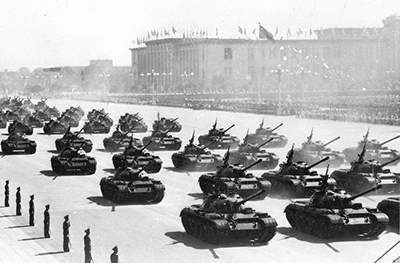
....
....
.:Arms Dealers:.
When playing as China in the Pre-War and Early-War time frames you can build Allied, Soviet or Axis Arms Dealer structures. Each one will give you access to a different selection of units, you can only have one of the three Arms Dealer active at a time but you can sell your current Arms Dealer structure and build a different one at any time during the game.
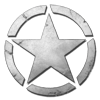
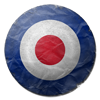
Choosing the Allied Arms Dealer let you buy units from America and Britain. |

Choosing the Soviet Arms Dealer let you buy units from the Soviet Union. |
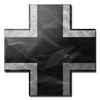
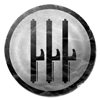
Choosing the Axis Arms Dealer let you buy units from Germany and Italy. |
Note: When the AI is playing as China in the Pre-War and Early-War time frames, it wont build the Arms Dealers structures and will instead be able to build all of the Allies, Soviets and Axis units through out the game.
.:Sub-Factions:.
When playing as China in the Post-War time frame you can play as the Nationalists or Communists sub-factions.

Choosing the Nationalists lets you play as the Kuomintang forces. |

Choosing the Communists lets you play as the Chinese Communist Party forces. |
You can choose which sub-faction you wish to play as at the begining of each game, once you have selected a sub-faction you're unable to change it for the rest of that game.
Note: When the AI is playing as China in the Post-War time frame it will pick the Communists sub-faction by defult.
....
....
.:Unit list:.
D-day is split up into five different "time frames" each one representing different periods before, during and after World War II. Below is a list of the units that are available to China in these time frames. There are many more units that can be randomly discovered among the battlefield or are only available in other game modes though. To see a complete database of D-day's units with detailed information on each please visit the D-day Wiki.
Note: Naval units are still being worked on and are unavailable in the current release (v3.7).
| Pre-War 1920 - 1940 |
Early-War 1940 - 1942 |
Mid-War 1942 - 1944 |
Late-War 1944 - 1945 |
Post-War 1945 - 1960 |
|---|---|---|---|---|
| Infantry | ||||
| .:Rifle:. | ||||
 Type 24 Chiang Kai-Shek |
 M1 Carbine (Nationalists) |
|||
 Type 56 (Communists) |
||||
| .:Sub-Machine Gun:. | ||||
 MP-181 |
 M-1921 Thompson |
 Type 37 (Nationalists) |
||
 Type 54 (Communists) |
||||
| .:Anti-Tank:. | ||||
 Solothurn S-18/100 |
 M1 Bazooka (Nationalists) |
|||
 RPG-2 (Communists) |
||||
| .:Mortar:. | ||||
 Type 31 81mm |
||||
 Type 53 82mm (Communists) |
||||
| Ground Vehicles | ||||
| .:Mobile Construction Vehicle:. | ||||
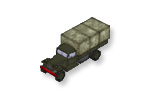 T234 "Burma" Dodge |
||||
| .:Armoured car / Transport:. |
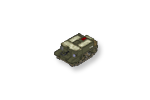 Universal Carrier (Allied) |
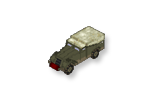 M3A1 |
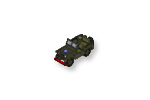 Willy's MB Jeep (Nationalists) |
|
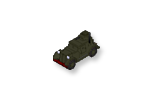 Ba-20 (Soviet) |
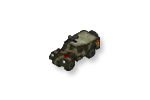 Type 55 (Communists) |
|||
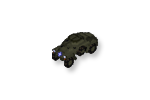 Sd.Kfz 222 (Axis) |
||||
| .:Medium Tank:. |
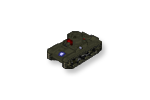 Vickers 6t Type B (Allied) |
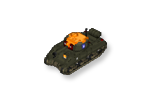 M4A4 Sherman "Tuji" |
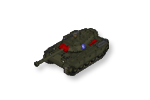 Type 64 (Nationalists) |
|
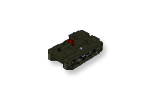 T26 (Soviet) |
 Type 59 (Communists) |
|||
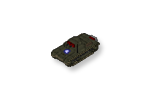 Panzer I (Axis) |
||||
| .:Anti-Aircraft:. | ||||
 Ford AA (25mm) |
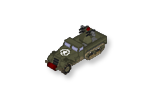 M16 |
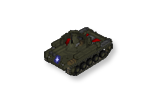 M42 Duster (Nationalists) |
||
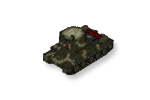 Type 63 SPAAG (Communists) |
||||
| .:Tank Destroyer:. | ||||
 M18 Hellcat |
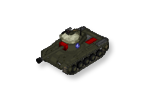 Type 64 "Hybrid" (Nationalists) |
|||
 WZ-120 FT (Communists) |
||||
| .:Artillery:. | ||||
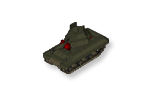 M10 105mm |
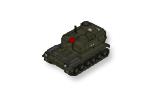 M52 (Nationalists) |
|||
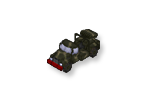 Type 63 MRL (Communists) |
||||
| .:Heavy Tank:. | ||||
 "Zhang Zongchang" Tank |
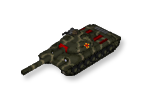 WZ-111 (Communists) |
|||
| Defences | ||||
| .:Anti-tank:. |
 2pdr (Allied) |
 M5 76mm |
||
 45mm 53-K (Soviet) |
 Type 60 85mm (Communists) |
|||
 Pak-36 37mm (Axis) |
||||
| .:Anti-Air:. |
 Bofors 40mm (Allied) |
 M2 90mm (Nationalists) |
||
 37mm 61-K (Soviet) |
 Type 56 14mm (Communists) |
|||
 88mm SK C/30 (Axis) |
||||
| .:Artillery:. |
 25pdr (Allied) |
 M2A1 105mm |
 M2 155mm (Nationalists) |
|
 122mm A-19 (Soviet) |
 Type 60 122mm (Communists) |
|||
 leFH18 105mm (Axis) |
||||
| Aircraft | ||||
| .:Fighters:. |
 Curtiss Hawk III (Allied) |
 Hawk 75 (Allied) |
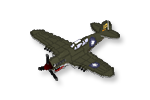 P-40 Warhawk |
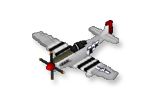 P-51 Mustang |
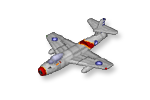 CXP-1001 (Nationalists) |
 I-15 (Soviet) |
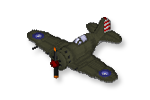 I-16 (Soviet) |
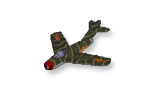 J-2 (Communists) |
||
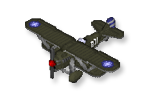 Fiat CR.32 (Axis) |
||||
| .:Ground Attack:. |
 A-12 Shrike (Allied) |
 P-43 Lancer |
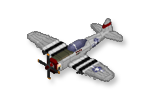 P-47 Thunderbolt |
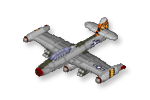 F-84 Thunderjet (Nationalists) |
 Polikarpov R-5 (Soviet) |
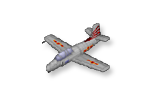 JJ-1 (Communists) |
|||
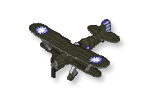 Henschel Hs 123 (Axis) |
||||
| .:Medium Bombers:. | ||||
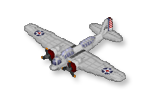 B-10 (Allied) |
 XB-3 |
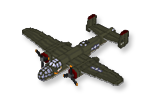 B-25 Mitchell (Nationalists) |
||
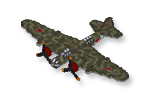 Tupolev SB (Soviet) |
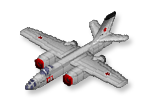 Harbin H-5 (Communists) |
|||
 Heinkel He 111A (Axis) |
||||
| .:Seaplanes:. | ||||
 Type 3-1 Chiang Hung |
 PBY Catalina |
|||
 Beriev Be-6 (Communists) |
||||
| .:Transports:. | ||||
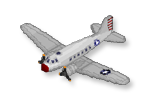 C-47 Skytrain |
 Zhongyun 1 |
 Zhongyun 2 |
||
| .:Helicopters:. |
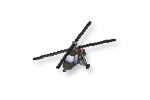 Chu Humming Bird |
 Chu CJC-3 (Nationalists) |
||
 Harbin Z-5 (Communists) |
||||
| Naval | ||||
| .:Landing craft:. | ||||
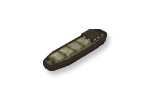 Transport barge |
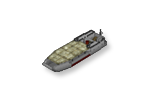 LCT Mk.6 |
|||
| .:Destroyers:. | ||||
 Chang Feng Class |
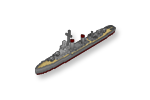 Benson Class (Nationalists) |
|||
 Anshan Class (Communists) |
||||
| .:Submarine:. | ||||
 S-class (Communists) |
||||
| .:Cruiser:. | ||||
 Chao Ho |
 Ning Hai |
 Chung King (Nationalists) |
||
....
....
This site is best viewed at a resolution above 1152x864 with Firefox.
Should there be any problems with the site, please contact the webmaster.
....

